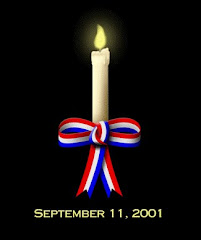Spring has Sprung and the Northwest’s wild edibles are now found in abundance.
For a nice Spring salad, try mixing Siberian Miner’s Lettuce, with Miner’s Lettuce, young Dandelion leaves, Wood Sorrel or Red Sheep Sorrel and some Clover. Add a vinegar and oil salad dressing. This combination tastes great. Later, as the berries ripen, they can be added for additional flavor.
Sorrel is sometimes referred to as sour grass. This is due to the oxalic acid salts found in the plant, so you do not want to over eat too many at any one setting. Also, Dandelion plants that are mature and receive a lot of sunlight produce bitter leaves and roots, which must be boiled first to rid the milky bitterness from the plant. Once boiled it makes a good pot herb however.
‘Tis the season’ to learn what is edible and not, but do so with another Prepper that has some experience in identifying what is edible and what is poisonous. There are some look-a-like types of plants that are deadly if you eat the wrong plant. Always rule on the side of caution.
Two such deadly look-a-likes are Camas (the wild onion) with the blue flowers and the “Death” Camas with the white flower. Their flowers are in bloom now for about two more weeks. Only pick Camas when in bloom. Another plant to be cautious with are Queen Anne’s Lace (the wild carrot) and it’s deadly look-a-like, the Poison Hemlock plant, which is non-forgiving and deadly. Without a knowledgeable guide, avoid both of these, Camas and Queen Anne’s Lace.
While speaking of avoiding getting poisoned, mushrooms are an especially non-forgiving fungi. Do not take chances with any mushroom. Even experienced “shroomers” occasionally make a mistake, so rule only on those mushrooms with absolute positive identification. Books with photographs are helpful, but should not be considered sufficient for positive identification. There are many, many poisonous look-a-likes. When in doubt, leave it out (of your pot and/or your stomach)! Do not even try to do a taste test for good mushrooms. Poison does not always taste bad, mushrooms or otherwise.
There are many good books at the public library on edible and poisonous plants. Also check out your favorite book store on the subject.
I make it a goal to learn a few new plants each year. Over the last twenty plus years in Washington State, I have learned to identify about 50 edible plants. Each year, I renew my plant knowledge to help me grow more confident in locating habitat for my favorites.
Santaquin Goshen Ready, June 2017
8 years ago



























1 comment:
Excellent post! I have had a life long desire to know more about this subject. Now that I moved to the PNW a couple of years ago I am trying to learn the native plants. I have a couple books. Can you recommend your favorite 1 or 2 or do you know of any websites with good information about WA edible plants?
Post a Comment